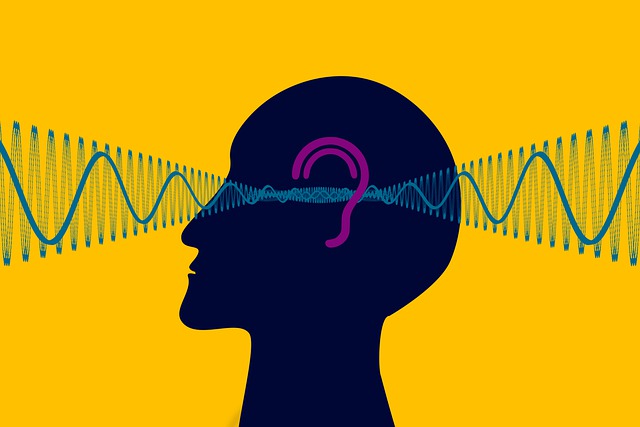Otonomy: Hearing Loss And Tinnitus Data In 2022 – Seeking Alpha
Chainarong Prasertthai/iStock via Getty Images
Summary
Otonomy, Inc. (NASDAQ:OTIC) has a full pipeline of assets targeting disorders of the ear. There are few competitors working in the space, and the indications they are targeting are large indications, including tinnitus and hearing loss. Neurotology is an unconquered frontier and Otonomy is taking on some of the most challenging indications.
One in eight Americans has hearing loss,…….

Chainarong Prasertthai/iStock via Getty Images
Summary
Otonomy, Inc. (NASDAQ:OTIC) has a full pipeline of assets targeting disorders of the ear. There are few competitors working in the space, and the indications they are targeting are large indications, including tinnitus and hearing loss. Neurotology is an unconquered frontier and Otonomy is taking on some of the most challenging indications.
One in eight Americans has hearing loss, and there are no FDA-approved medicines. Promising early data has been generated by Otonomy in these indications. However, expectations should be tempered by a realistic assessment of the obstacles and the history in these indications, which includes many outright failures.
Background on Drug Development in the Ear
Drug developments in disease states with difficult-to-explore and poorly understood biology, such as the inner ear and brain, are among the most challenging. There are no approved treatments for tinnitus (ringing in the ears or the perception of sound) or hearing loss. While there are theories about the processes underlying these symptoms, the basic biology is poorly understood.
Both tinnitus and hearing loss are clinical presentations that emanate from a diverse set of circumstances and thus may have a variety of causal mechanisms. Finding treatments in indications with a heterogeneous patient population is particularly challenging. Running clinical trials is difficult due to trying to assemble a homogenous cohort. Interpreting efficacy signals in small trials is particularly difficult given this heterogeneity. Even determining which standardized tests give consistent results in untreated patients is a challenge. Given there are no approved therapies, the tests and regulatory endpoints which will be accepted by the FDA are also unknowns.
Perhaps even more importantly, tinnitus and hearing loss are conditions where there are no biomarkers that predict efficacy. Drug targets are essentially “guesses” based on theories about the causes of these disorders. Development efforts are likely to be an iterative process where learnings about patient selection, dosing and endpoints inform future trials.
ENTs perform a variety of surgical procedures, but one additional difficulty is that drug delivery to the inner ear is invasive due to anatomical constraints. Reaching the cochlea and inner ear is done via intratympanic injection, where a needle is passed through the ear canal and then through the eardrum to administer medications into the middle ear space. Most drugs require sustained exposure to target tissue, and achieving this in a difficult-to-reach location where sustained drug exposure may be necessary presents an additional challenge.
Frontiers in Cellular Neuroscience
Precedent …….
Source: https://seekingalpha.com/article/4499643-otonomy-hearing-loss-and-tinnitus-data-in-2022







